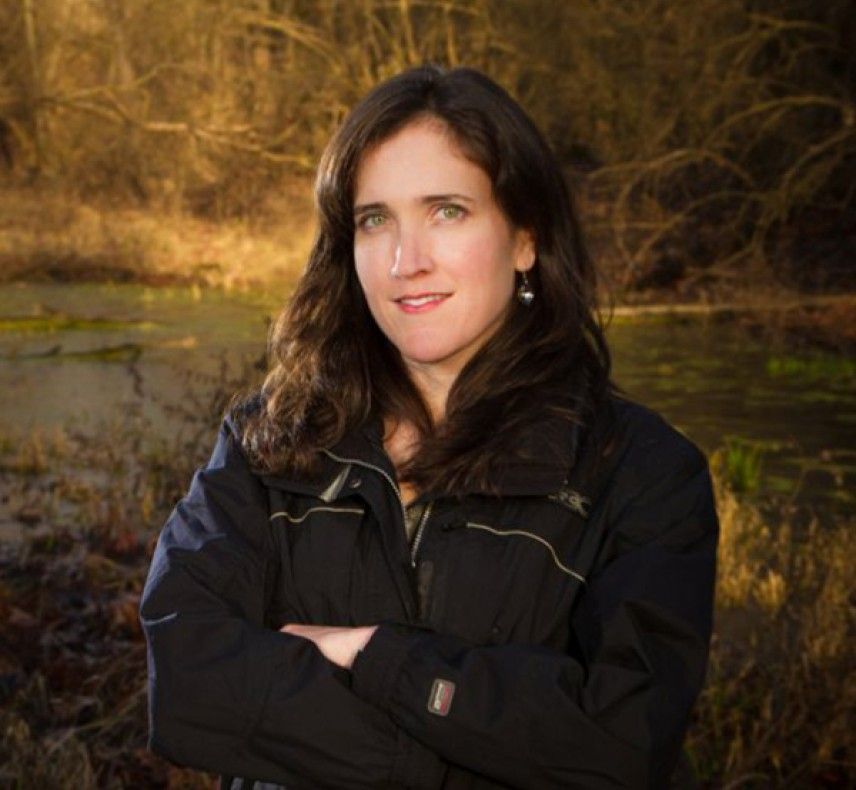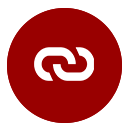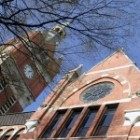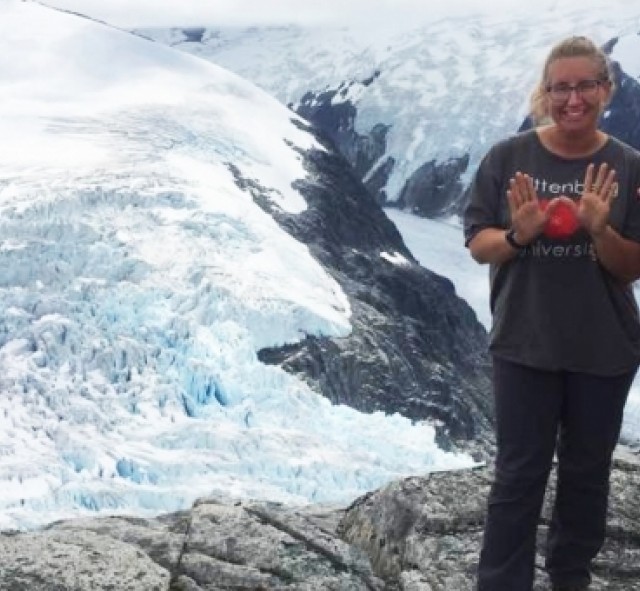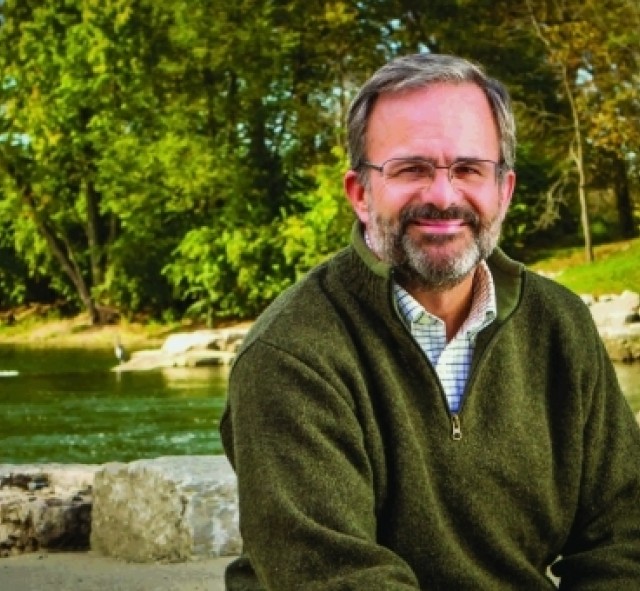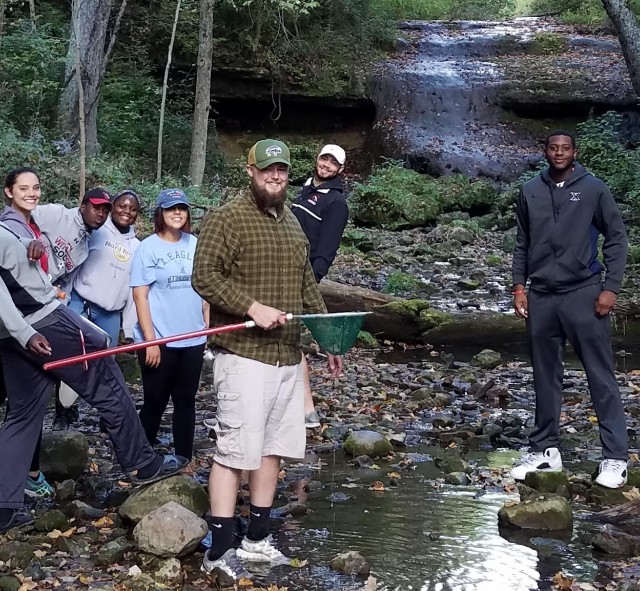Sarah Fortner, assistant Professor of geology and environmental science, understands the importance of creating applied-learning experiences for her students. So when she was invited to create modules for Columbus, Ohio's Center for Science and Industry (COSI), she turned the opportunity into a class project.
Embracing a commitment to student-faculty collaborative research, Fortner and her spring introductory geology class students spent a semester developing interactive models on earth resource sustainability for COSI. Spanning all majors, the students collaborated with science experts as they prepared to translate college-level science to a general audience and present their modules to the public during Science Career Day on May 10.
COSI is one of only 23 science museums in the participating in Portal to the Public (PoP) , a nationwide informal science initiative through the Pacific Science Institute. Through this initiative, Fortner and other science experts, pair with informal educators to create modules based on their scientific expertise.
“When I suggested that that module development be completed as part of my introductory geology class, Sustainable Earth, my COSI colleagues were excited about this because it expanded their definition of experts to include undergraduate science students,” Fortner said.
Joining the ranks of science professionals, students worked in teams to create demonstrations of resource sustainability concepts. During the semester, a team from COSI visited the class and shared examples of interactive modules that effectively engage the audience in a variety of ways. Through Skype, email and phone conferences, as well as a prototype workshop, students worked with the COSI team to review and revise their modules before presenting them at COSI.
In addition to gaining experience with teamwork and professional development, students also gained a sense of how science is best communicated in a public forum, which is one of the “grand challenges” in science literacy.
“In this case, students with many majors focused on increasing sustainability literacy. They had to be able to engage the audience in the science, economic, and societal implications of their literacy concept.”
One team broke new ground at COSI by creating a permafrost thaw model, demonstrating the implications of a warming Arctic on permafrost thaw and the release of methane, a greenhouse gas that amplifies further warming. Other students created modules explaining how wetlands and low-impact landscaping such as rain gardens and green roofs filter pollutants and store water. They also modeled dead zones created by nutrient excess from sewage overflow and agricultural fertilizer runoff.
Through working with professional scientists and informal educators at COSI, the student teams shared with young explorers the same kind of collaborative research and hands-on learning opportunities that define the Wittenberg experience and prepare students become agents of environmental change. Wittenberg has recently been awarded an NSF supported InTeGrate implementation grant and will serve as a national model for increasing sustainability across college curriculum and into the community. Experiences such as collaborating with COSI, and working on real problems near campus and beyond, are what help our students build the critical-thinking skills that they need to solve challenges of resource scarcity and preservation.
“Real-world projects provide our students with immersive learning opportunities central to our mission to lead lives of creativity, service, and integrity. Our students succeed after they graduate because they work creatively with diverse teams, they iterate with experts, and they see how their efforts directly impact other people,” Fortner said. “On the day of the presentations, nothing beat the curiosity and smiles shared between student experts and COSI visitors. It makes their hard work worth it.”


